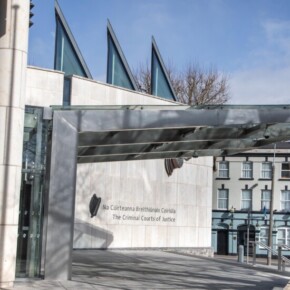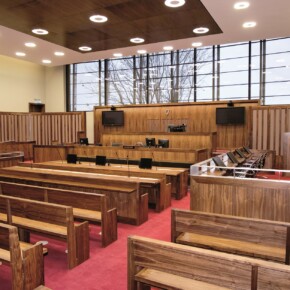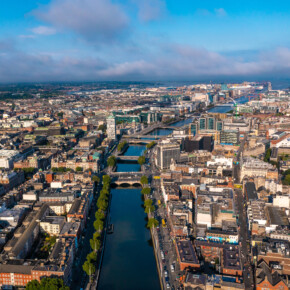HISTORY: Remembering an important meeting at Clontarf in 1916
Dublin People 13 Feb 2016
ON Sunday January 17 1916, the Supreme Council of the Irish Republican Brotherhood held an important meeting in Dublin.
This meeting, which took place in the quiet surrounds of Clontarf Town Hall, would be the last meeting of the Supreme Council before the 1916 Rising.
Mick McGinn, a veteran Fenian from Omagh, County Tyrone, was employed as the caretaker at the hall and made it readily available for revolutionary purposes. The January 1916 meeting took place at a time when the IRB’s secret preparations for a rebellion were reaching their climax.
As a security precaution, the leadership of the IRB decided to take extra measures to protect the meeting in Clontarf.
In his statement to the Bureau of Military History, Charles Saurin of the Irish Volunteer, remembers a mobilisation order for the Dublin Brigade, instructing them to ‘Stand to’ on Sunday, January 17. The mobilisation point was to be Father Mathew Park, Fairview, just a short distance from Clontarf.
As Saurin and a number of his comrades had been ordered to mobilise very early on Sunday, several of them stayed in the home of a local volunteer Seamus Daly, who lived in a house called ‘Cluny’ in Clontarf.
The volunteers were not told the purpose of their mobilisation. The next morning, however, Saurin and his comrades realised just how important their orders were.
On the way to Fairview, the volunteers encountered a number of senior republican leaders, including Thomas MacDonagh, Padraig Pearse, Sean Mac Diarmada and Tom Clarke, all of whom were making their way to Clontarf Town Hall.
While it was never confirmed to them, it now seems likely that the volunteer mobilisation on Sunday, January 16, was designed to have a strong republican force, ready in the field to counteract any attempt by the British to move against the IRB Supreme Council.
This idea is reinforced by the action of the leaders at the meeting. Before the meeting began, Tom Clarke is said to have posed the question: “If we are raided what do we do? Do we resist?”
Following a short discussion, the delegates of the Supreme Council agreed that any attempt to raid the meeting should be resisted and many of those present then took out their pistol and placed it on the table, to be ready for any such eventuality.
Those in attendance at the meeting included Tom Clarke, Sean Mac Diarmada Thomas MacDonagh Padraig Pearse, Dr Patrick McCartan, Diarmuid Lynch, and the President of the IRB, Denis McCollough.
While McCollough as President was the figure head of the organisation, the IRB was firmly under the control of Clarke and MacDiarmada.
The business of the meeting was of key importance to the Rising. Firstly, it is suggested that a date for the Rising was discussed with Easter 1916 being the most likely. However, the final decision was to be left to the Military Council which had been established by Clarke and MacDiarmada to oversee plans for the Rising. Secondly, and perhaps more importantly, the Supreme Council gave the Military Council the authority to approach James Connolly and the Irish Citizen Army, make them aware of the plans for the Rising and ask them to come on board with the revolutionary project. Arguably this was one of the most important decisions taken in the lead up to the rebellion.
In the aftermath of the January 1916 meeting the IRB was ready for war. The IRB and Citizen Army would form a historic alliance that led to the Proclamation of the Irish Republic at Easter 1916.











